Optimal Timing for Foundation Repairs
Foundation repairs are most effectively performed during specific times of the year when weather conditions are optimal. Temperature fluctuations, moisture levels, and soil conditions can influence the success and longevity of repair work. Understanding the ideal timing ensures that repairs are durable and less susceptible to future issues.
This period offers moderate temperatures and consistent moisture levels, making it suitable for foundation repairs. Soil is typically more pliable, allowing for easier adjustments and stabilization.
Ideal for foundation work due to cooler temperatures and reduced moisture fluctuations. It allows sufficient time for repairs to settle before winter.
Extreme cold can hinder certain repair methods, while high temperatures and dry soil can complicate stabilization efforts.
Moisture levels significantly impact foundation repair success. Repairs during periods of stable soil moisture minimize shifting and settling.
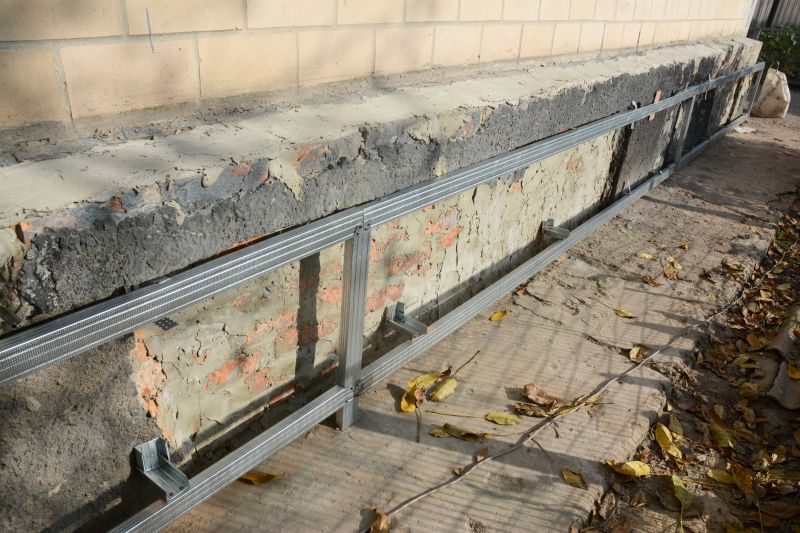
Spring's moderate weather supports effective foundation stabilization.

Summer offers warm, dry conditions ideal for certain repair techniques.
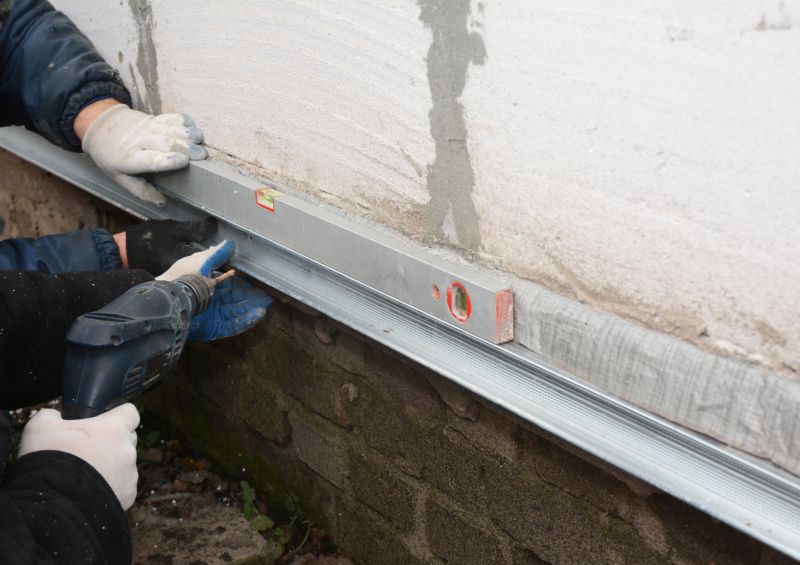
Fall's cooler temperatures help set repairs before winter.

Ways to make Foundation Repairs work in tight or awkward layouts.
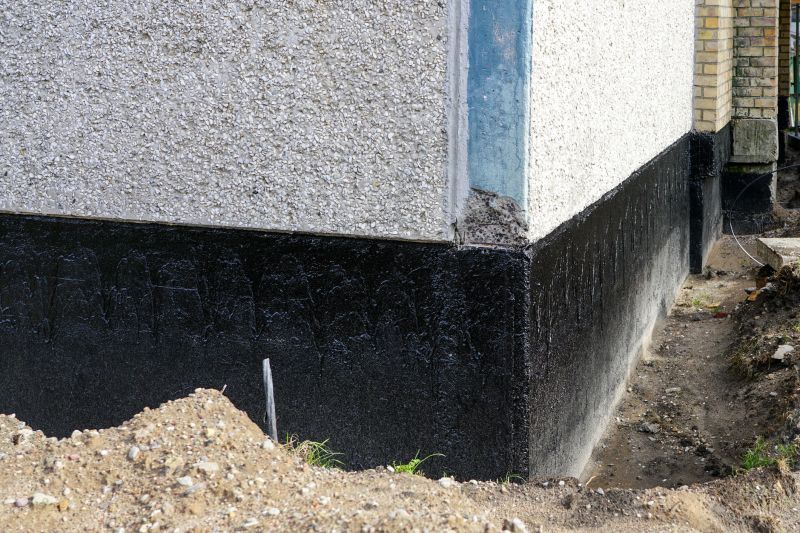
Popular materials for Foundation Repairs and why they hold up over time.
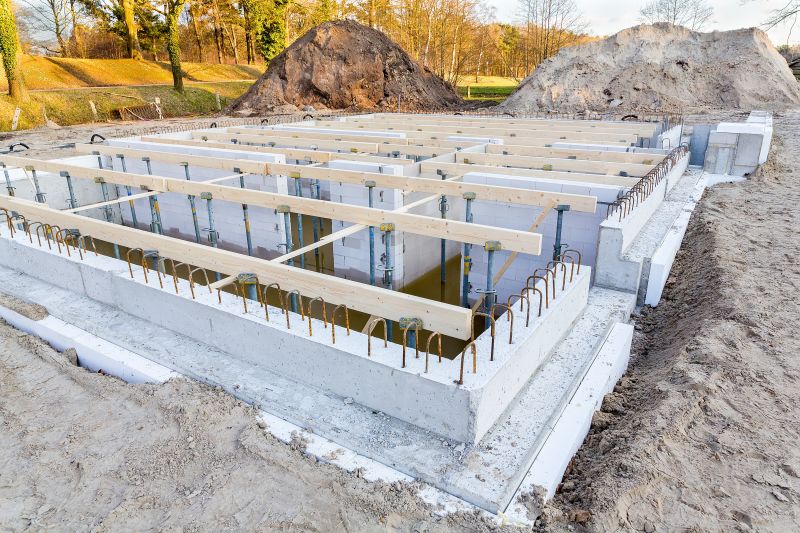
Simple add-ons that improve Foundation Repairs without blowing the budget.
| Season | Optimal Conditions |
|---|---|
| Spring | Moderate temperatures, consistent moisture |
| Summer | Warm, dry weather, stable soil |
| Fall | Cooler temperatures, reduced moisture fluctuations |
| Winter | Cold temperatures, soil may be frozen |
| Peak Summer | High temperatures, dry soil |
Foundation repairs involve addressing issues such as settling, cracking, or shifting that compromise the stability of a structure. Proper timing ensures that repairs are effective and long-lasting. Soil conditions, moisture levels, and temperature fluctuations significantly influence the success of repair methods. For instance, soil expansion during wet seasons can exacerbate existing problems, while dry, compacted soil can hinder repair efforts.
Statistics show that foundation issues are among the most common structural problems in residential properties, with a significant percentage arising from soil movement and moisture imbalance. Timely repairs can prevent further damage, reduce repair costs, and extend the lifespan of the property. Consulting with foundation specialists during optimal seasons enhances the effectiveness of interventions.
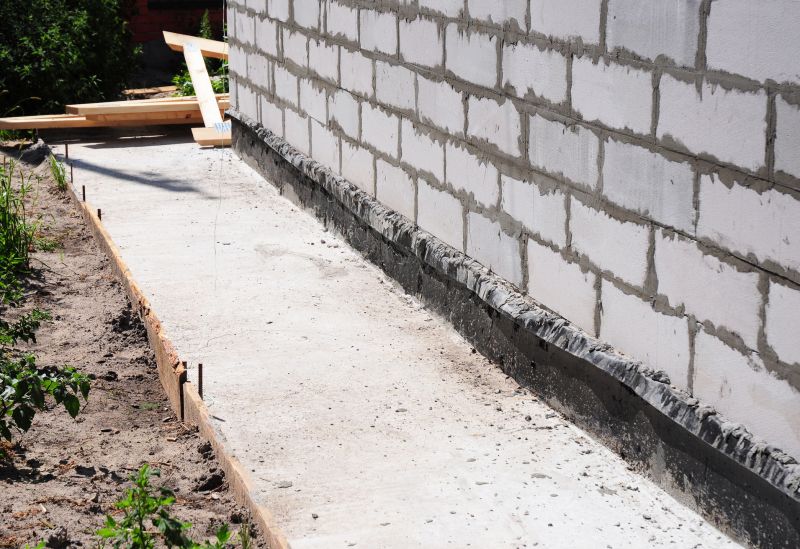
Inspection, stabilization, and reinforcement techniques are used based on seasonal conditions.

Proper timing allows for effective soil treatment and moisture control.
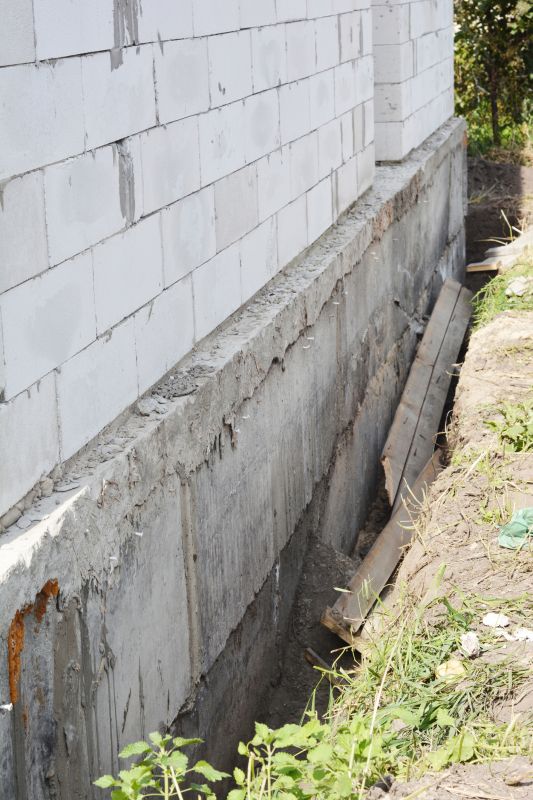
Reinforcing foundation walls and piers during suitable weather prevents future issues.
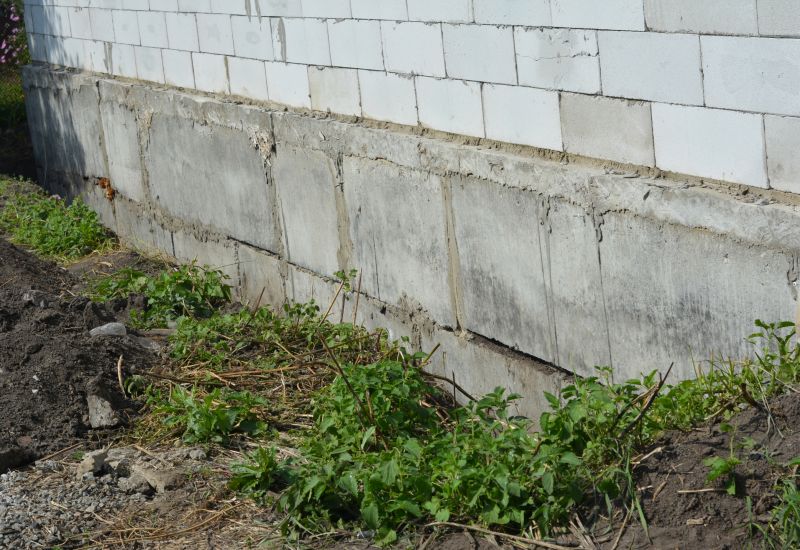
Seasonal timing supports ongoing assessment and maintenance.
Interested property owners in Vandalia, OH, are encouraged to contact for foundation repair consultations. Proper timing and professional assessment can help address foundational issues effectively and prevent future structural problems.

